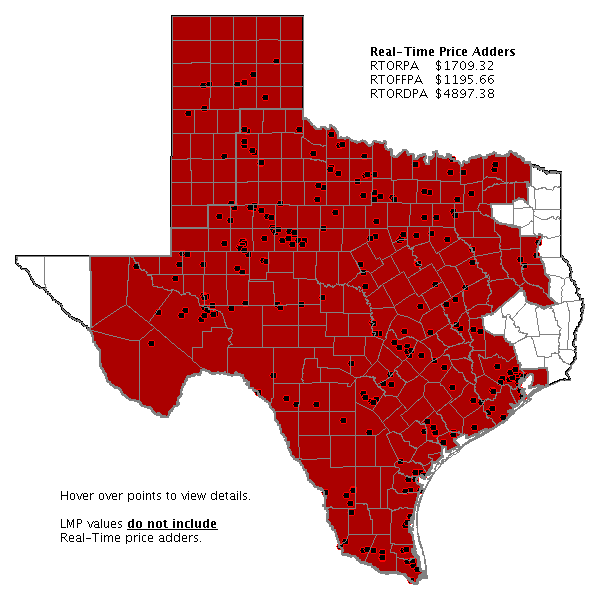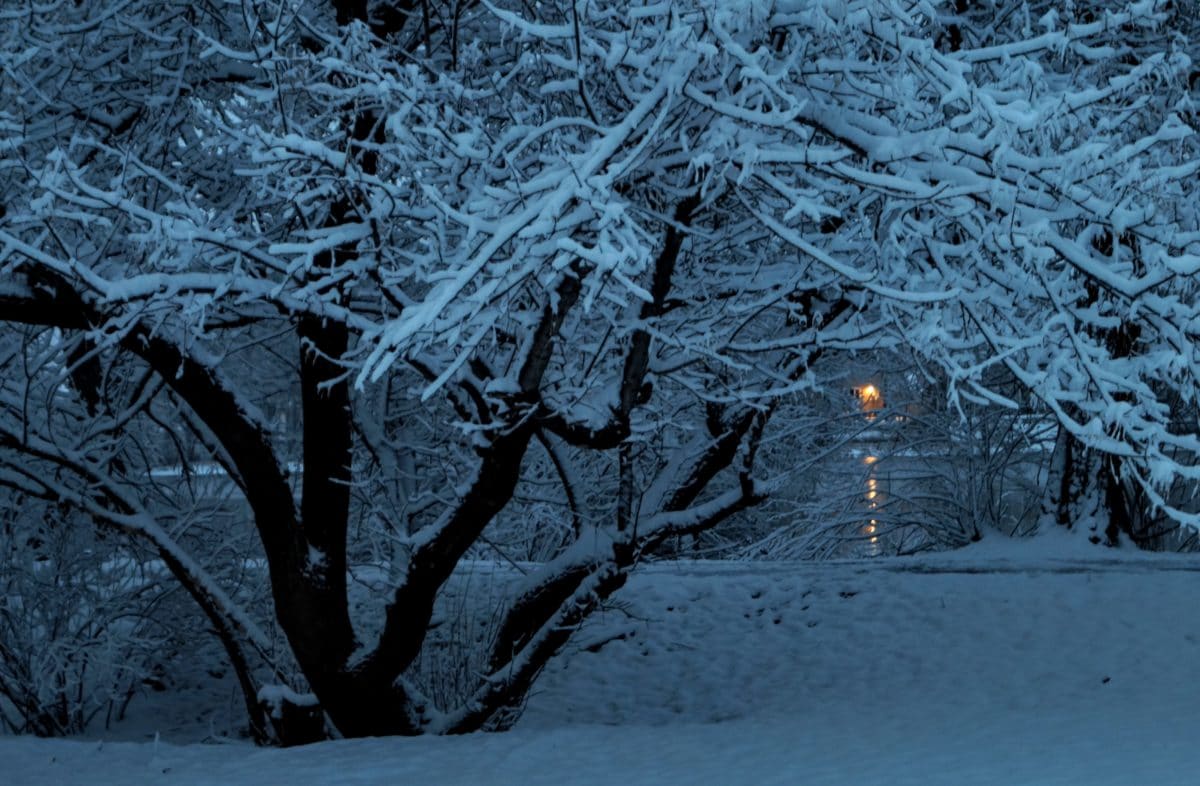Even as Texas struggled to restore electric power service to millions of customers, state and federal officials said they plan to open inquiries into how the days-long energy crisis occurred and how it can be prevented from happening again.
They may want to start by turning back the calendar to February 2011.
That was when a similar winter storm froze natural gas pipelines and power plants alike, leading to service disruptions all across the Electric Reliability Council of Texas (ERCOT) grid, which covers 90% of the Lone Star State.
“The large number of generating units that failed to start, tripped offline, or had to be derated during the February event demonstrates that the generators did not adequately anticipate the full impact of the extended cold weather and high winds.” That assessment from the North American Electric Reliability Corp. (NERC) came not this week, but in a report published after the 2011 events that disrupted service in ERCOT. The report said that “more thorough preparation for cold weather could have prevented many of the weather-related outages.”
NERC and the Federal Energy Regulatory Commission (FERC) both presumably will have a chance to review their decade-old recommendations. The two announced plans Feb. 16 to open a joint inquiry into service disruptions that hit wide swaths of the U.S., including the Southwest Power Pool (SPP) and the Midcontinent Independent System Operator (MISO).
Texas Gov. Greg Abbott issued a press release that called for reforming ERCOT and making the task an emergency item this legislative session. He called on the legislature to investigate ERCOT and ensure that the state does not experience power outages on the scale that occurred beginning Feb. 14.
“The Electric Reliability Council of Texas has been anything but reliable over the past 48 hours,” Abbott said in a statement.
Not so sweet Valentine’s Day
A winter storm packed with moisture and cold temperatures reportedly led on Feb. 14 to frozen wind turbines in West Texas and limited natural gas supplies to power plants. A significant number of additional fossil and nuclear generating units tripped offline as weather worsened later that night.

By Monday, Feb. 15, ERCOT reported that around 34,000 MW of generation was offline, including renewables, fossil generation, and nuclear power plants. ERCOT went into the season with a total winter generating capacity of around 85,000 MW. Demand was forecast to reach around 74,000 MW on Monday, but fell through the day to around 45,000 MW.
Record demand for power was met by ERCOT-mandated load shedding as supply and demand curves narrowed. Reserve margins at one point on Feb. 15 were around 1,000 MW. By around 7:30 a.m. Central time on Feb. 16, operating reserves stood at 1,480 MW. On Feb. 17, at 9:00 a.m. reserves were below 2,000 MW and demand was less than 44,000 MW.
Groundhog Day
To many Texans, this week’s events may have seemed like a real-life version of the movie “Groundhog Day.” That’s because the state’s energy grid was hit by another winter storm that disrupted power supplies in 2011.
In its post-event report back then, NERC wrote that while the probability of a winter event in the predominantly summer peaking Southwest “appears to be low,” shedding load in the winter “places lives and property at risk.” It recommended that all entities responsible for the reliability of the bulk power system in the Southwest “prepare for the winter season with the same sense of urgency and priority as they prepare for the summer peak season.”
The 2011 NERC report raised a number of issues that focused primarily on fossil-fueled power generators. For example, it determined that some generators were better prepared than others to respond to the cold weather event. It said that in many cases the entities that performed well had emergency operations or winterization plans in place to help keep their units operating. It said that although a winterization plan does not guarantee that a unit will not fail due to cold weather conditions, “it can reduce the likelihood of unit trips, derates, and failed starts.”
The report also said that all new generating plants and modifications to existing plants should take into account the lowest recorded ambient temperature for the nearest city for which historical weather data is available, factoring in accelerated heat loss due to wind speed.
It said that “the ideal time to prepare a generating unit to withstand cold temperatures is in the design stage.” As a result, it recommended that the low temperatures and wind chills that can occur “during the occasional severe storm” should be incorporated in the design process.
The report also found gaps in generating units’ preparations for winter performance. These included a lack of accountability and senior management review, lack of an adequate inspection and maintenance program, and failure to perform engineering analyses to determine the correct capability needed for their protection equipment.
It recommended that each generator owner/operator should develop a winter preventative maintenance program for its freeze protection elements, as well as specify inspection and testing intervals both before and during the winter.
These decade-old recommendations, among others, may be revisited as FERC and NERC start to piece together the root causes of this week’s blackouts.
This content is protected by copyright and may not be reused. If you want to cooperate with us and would like to reuse some of our content, please contact: editors@pv-magazine.com.









When did FERC ever have any authority in Texas?
FERC does not. The release from FERC and NERC mentioned “Midwest” and “South central” states. Load shedding in MISO and SPP has occurred, too, although ERCOT has been a focus of most news reporting. The recovery in ERCOT also is taking longer than in the other regions.
Interesting – so, much like most postmortems the report was filed and not much came of it because “this is a once in a lifetime event” which are now happening once a decade or more often because of climate change.
I would also like to point out that no matter how much Abbott wants to blame the wind turbines most of the load was lost from gas generators since that is the biggest electric supplier for ERCOT. Also, having a nuclear plant go offline didn’t help.
I don’t know what the current building codes in Texas are, but tighter houses with increased insulation would help to lower the overall demand.
Given the very hot and sometimes very humid summers in Texas, wouldn’t buildings already be adequately insulated for winter when they insulated for summer conditions?